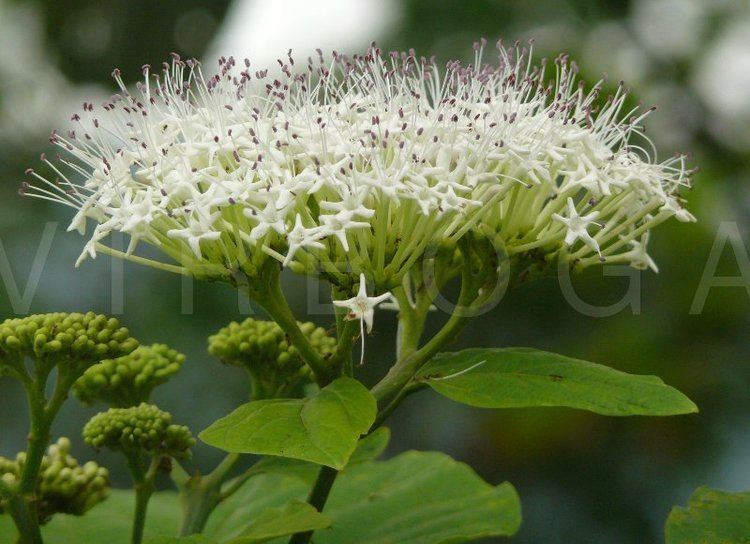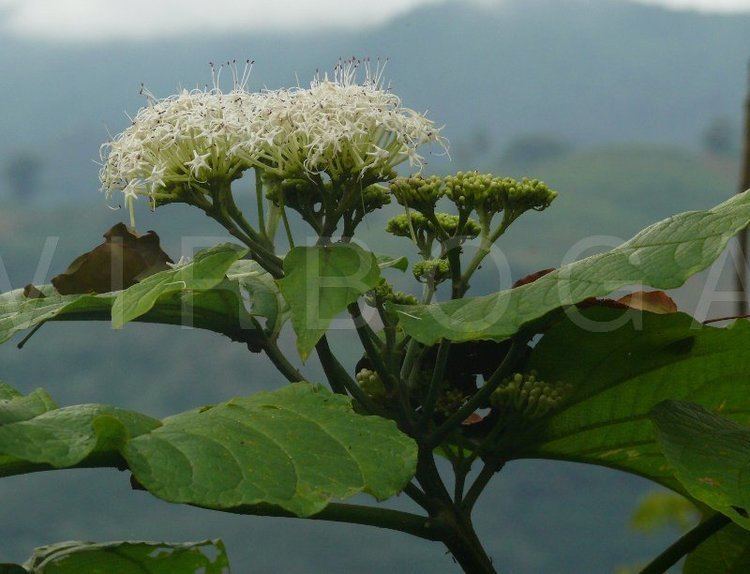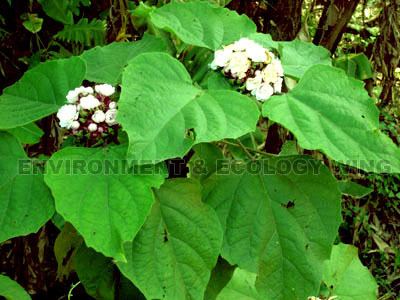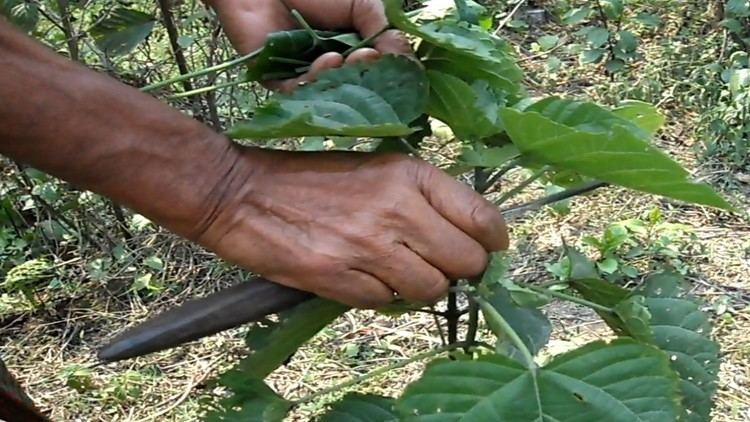Rank Species | Genus ClerodendrumL. | |
 | ||
Similar Clerodendrum infortunatum, Clerodendrum, Clerodendrum chinense, Clerodendrum indicum, Huodendron | ||
This plant can control hypertension cholesterol triglycerides clerodendrum colebrookianum
Clerodendrum colebrookianum (syn. Clerodendrum glandulosum), commonly known as East Indian Glory Bower, is a perennial shrub belonging to the family Lamiaceae, but sometimes classified under Verbenaceae. It is one of the most well known among ~400 species of Clerodendrum, as it is widely used in traditional practices, such as for vegetable and treatments of diabetes, hypertension, cough and rheumatism.
Contents
- This plant can control hypertension cholesterol triglycerides clerodendrum colebrookianum
- Description
- Chemical constituents
- Traditional medicine
- References

The species is found in tropical and subtropical regions of Asia including India, Myanmar, Bangladesh, Malaysia, Indonesia, Thailand, Bhutan and Nepal; and also in temperate China. In India it is confined to the north-east region including West Bengal and Sikkim, and is classified under the threat status as vulnerable.

Description

C. colebrookianum is a flowering shrub or small tree, characterized by a foetid smell. It is erect reaches up to 1.5-3 m in height and is evergreen. Branchlets are usually 4-angled when young. Leaves are simple, opposite or rarely whorled. Leaf base is wedge- shaped to heart-shaped, margin entire to slightly wavy, tip long-pointed to pointed. Flowers are white and borne in 4-6-branched corymbose cymes, at the end of branches. Inflorescences loosely cymose or capitate, in terminal or rarely axillary paniculate thyrses. Calyx is campanulate or cup-shaped, densely pubescent. Corolla with a slender tube; lobes 5, spreading . Stamens 4, ovary 4-locular; ovules pendulous or laterally attached. Style with 2 acute stigmatic lobes. Fruit is a drupe with 4 1-seeded pyrenes, sometimes separating into 2 2-loculed or 4 1-locular mericarps. It flowers during postmonsoon, from August to December.
Chemical constituents

Major phytochemicals in the leaves of C. colebrookianum are steroids, phenolics, terpenoids, flavonoids, tannin, glycosides and reducing sugars. Novel compounds are identified such as colebroside A (1), a diglucoside of fatty acid ester of glycerin. New steroids named colebrin A-E (1-5) are also identified. Two new C29 sterols, colebrin A and colebrin B, and clerosterol have also been isolated.
Traditional medicine

It is a common medicinal plant used for rheumatic pains by the Khasi and Jaintia tribes of Meghalaya. It is believed that the smell of the wood relieves children from many diseases. Leaves and roots are used by Manipuri tribes for skin diseases, cough, and dysentery. The tribal natives of Arunachal Pradesh use the leaf juice mixed with garlic extract given in treating blood pressure or cooked leaf is taken for the same. Among the Mizos, leaves are cooked as vegetable, and is always a special ingredient in preparing dog meat. Locally known as 'Phuihnam' is popularly used to control hypertension. It is a popular folk remedy for hypertension throughout north-eastern India.

